NIL
Big 12 Winners and Losers from 2025 Spring Transfer Portal Window
The spring transfer portal window officially closes today, meaning we’re in the final hours for players to submit their paperwork and transfer. Over the last 10 days, we’ve seen over 1,000 players enter the portal in hopes of landing a new opportunity. The Big 12 has had several teams active in making additions, but also […]
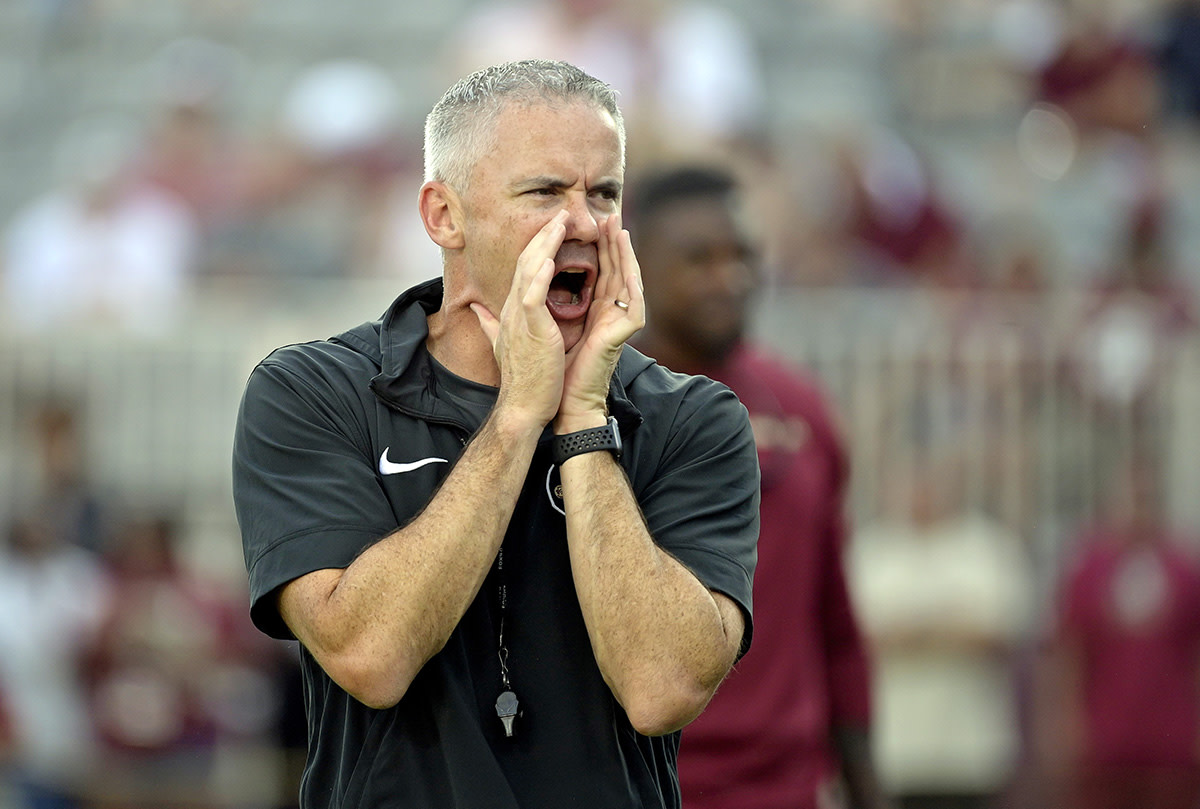
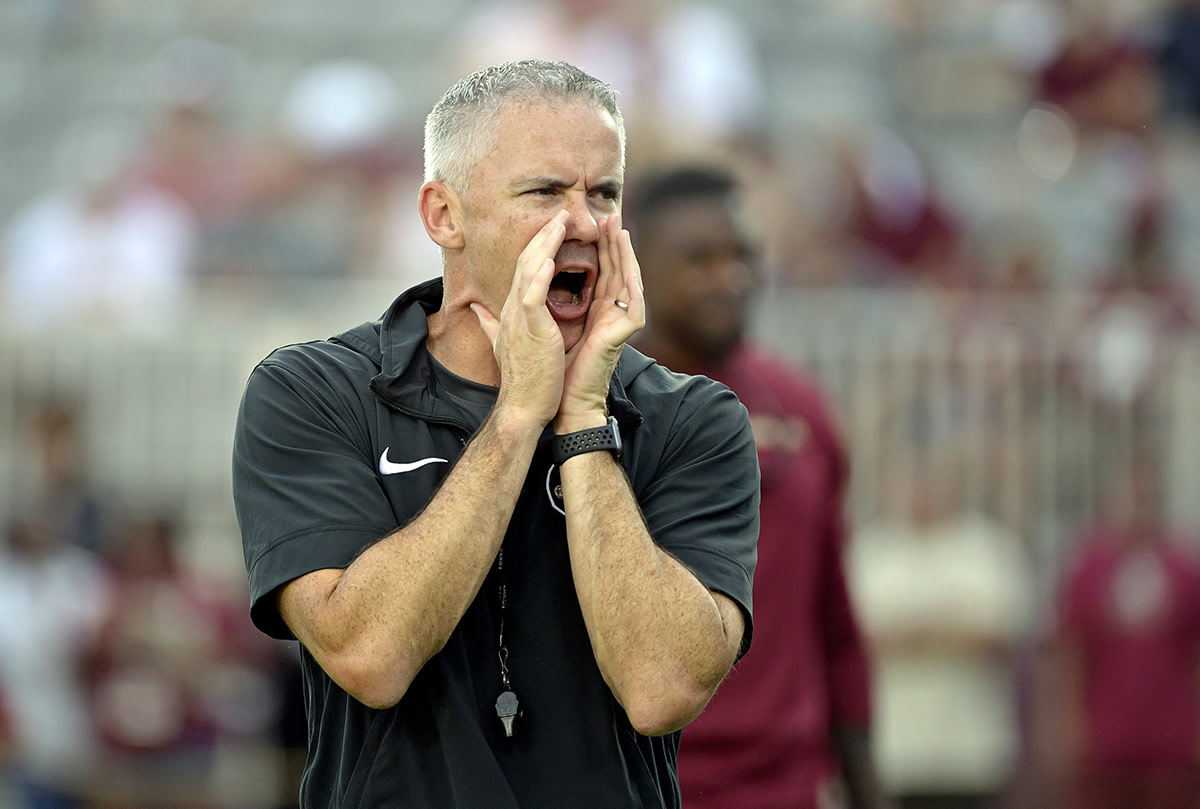
The spring transfer portal window officially closes today, meaning we’re in the final hours for players to submit their paperwork and transfer.
Over the last 10 days, we’ve seen over 1,000 players enter the portal in hopes of landing a new opportunity. The Big 12 has had several teams active in making additions, but also had several teams see some unexpected or undesired entries of their own.
Let’s take a look at the biggest winners and losers from the final portal cycle before the 2025 season.
Winner: Oklahoma State Defense
You’d be hard-pressed to find a team in the Big 12 that’s been more active than Oklahoma State over the last 10 days, as they’ve added seven commitments since the portal opened last Wednesday.
The Pokes’ most recent addition, Terrill Davis, is the reigning NCAA receiving champion with 1,609 yards and 15 touchdowns on 109 receptions a season ago.
Aside from Davis, however, Oklahoma State focused on making improvements to the defensive side of the ball, with its other six additions coming on that side. Five of those six additions come from Power Four programs, and several of them were starters or heavy contributors prior to heading to Stillwater. DeAndre Boykins (UNC), Darius Thomas (Louisville), De’Marion Thomas (Vanderbilt), Taje McCoy (Colorado), and Wendell Gregory (South Carolina) should all step in and immediately help improve what was one of the worst units in the Big 12.
Winner: Texas Tech NIL
Texas Tech went ballistic in the winter transfer portal cycle, and there’s not a team in America that can claim they’ve added more talent than the Red Raiders through the portal in this cycle. That’s thanks to one of the top NIL operations in the country.
The Red Raiders did most of their damage in the winter cycle, although an early April commitment from Davi Bailey and Thursday’s addition of Cash Cleveland certainly help even more. Where Texas Tech really won, though, was their ability to retain all of the top-teir talent that they landed a few months back.
With this being the last window for players to leave before 2025, some programs are having to deal with players looking to squeeze every last dollar they can out of negotiations. You didn’t see that in Lubbock, though, as the Red Raiders didn’t lose any of their major additions in this cycle. Instead they added a couple more pieces, are on the verge of getting Micah Hudson back in the fold.
Loser: Houston’s Secondary
With some key additions on the offensive side of the ball, it appeared that Houston was setting up for great chance to surprise some folks in the Big 12 next season. One of the biggest reasons for that optimism was that the Coogs produced defensive production last season that seemed well ahead of schedule.
If Willie Fritz could get just a touch better on offense, the Cougars could have enough balance to win more 50/50 games. Unfortunately, after their spring game, Houston received news that is detrimental to that hope.
Two of their best defenders, and both key returners to their secondary, have since entered the transfer portal. Safety AJ Haulcy and cornerback Jeremiah Wilson were both expected to be All-Big 12 level talents for UH in 2025, but now they’re headed for greener pastures. Does it spell doom for the 2025 season? No, but it certainly doesn’t help their chances.
Winner: TCU Horned Frogs
There’s not a single position in sports that is more important than quarterback, and when you have a good one, you do anything necessary to hang on to them.
When negotiations between Nico Iamaleava and Tennessee went sideways, the Volunteers immediately started putting feelers out to see if they could lure a top-end quarterback to Knoxville. One of their first, and most leaked attempts, was TCU quarterback Josh Hoover.
According to The Athletic, the Vols contacted Hoover to gauge his interest in transferring to Knoxville for the upcoming season. Additionally, the Fort Worth Star-Telegram says that this offer was incentivized with a $1 million raise over what he is making with the Horned Frogs.
Luckily for Sonny Dykes and Co., Hoover is “locked in” with TCU for the upcoming season after ranking among the best quarterbacks in the country last season in passing yards, yards per attempt, completion percentage, and touchdowns passes.
Loser: Big 12 Walk-ons
With the House vs. NCAA settlement looming, several Big 12 programs took the initiative to start trimming their rosters down to the new 105-man limit. Until now, schools have been permitted to have 85 scholarship players and then fill their roster out with as many walk-ons as they see fit.
However, this new settlement threatens to limit those walk-ons, and so programs like Kansas State and West Virginia got ahead of the curve and made the roster cuts necessary to abide by the coming rules.
Unfortunately, those cuts might’ve been unnecessary, as the judge overseeing this new settlement has put the agreement on hold over the roster constraints that are being suggested.
On Wednesday, a California judge announced that she won’t be approving the settlement unless there are changes made to the roster limits. Instead, she proposed that players that are currently at risk of losing their spots because of the sweeping change be grandfathered in.
So, does that mean dozens of athletes just uprooted their lives for no reason? C’mon NCAA. We’ve got to do better by the athletes than this.
NIL
NCAA colleges can pay athletes after US$2.8bn NIL settlement approved
US$2.8bn settlement resolves three antitrust cases against governing college sports body Division I athletes from 2016 onwards to be financially compensated by NCAA and power conferences Power conferences form regulatory body to oversee payments The National Collegiate Athletic Association’s (NCAA) US$2.8 billion settlement for three antitrust lawsuits has received final approval from a federal judge, […]



- US$2.8bn settlement resolves three antitrust cases against governing college sports body
- Division I athletes from 2016 onwards to be financially compensated by NCAA and power conferences
- Power conferences form regulatory body to oversee payments
The National Collegiate Athletic Association’s (NCAA) US$2.8 billion settlement for three antitrust lawsuits has received final approval from a federal judge, paving the way for member schools to directly pay student athletes.
First announced last year, the settlement resolves three cases that claimed the governing college sports body illegally restricted college athletes from earning money through name, image and likeness (NIL) endorsements.
The settlement will also establish a new revenue-sharing model in college sports, with schools able to pay their athletes roughly US$20.5 million in NIL revenue over the 2025/26 campaign. The annual cap is expected to rise annually over ten years and will take effect beginning on 1st July.
The NCAA, alongside its five power conferences, will also pay nearly US$2.8 billion in damages to Division I athletes who competed in college from 2016 onwards. The payments will be made over ten years.
Final approval was granted by Judge Claudia Wilken after changes were made with regards to roster limits, satisfying objections made to the settlement.
“This result is a fantastic win for hundreds of thousands of college athletes,” said Steve Berman, one of the lead attorneys for the plaintiffs. “We look forward to overseeing this process and watching the revenue-sharing benefits unfold for college athletes over the next 10 years.”
“Approving the agreement reached by the NCAA, the defendant conferences and student-athletes in the settlement opens a pathway to begin stabilising college sports,” wrote Charlie Baker, NCAA president, in a public letter. “This new framework that enables schools to provide direct financial benefits to student-athletes and establishes clear and specific rules to regulate third-party NIL agreements marks a huge step forward for college sports.“
The settlement is the culmination of a multi-year process.
In June 2021, the US Supreme Court unanimously ruled against the NCAA in a case, stipulating that the governing college sports body could not stop schools from paying athletes in education-related benefits. The comprehensive defeat left the organisation vulnerable to fresh legal challenges to its rules limiting compensation.
Since then, student-athletes have been able to earn money from third parties and companies through NIL deals. There has also been an increase in the involvement of boosters, which are payments made by collectives using NIL deals to recruit athletes to their favoured school.
Now, schools will be responsible for NIL spending. Last year, a federal judge issued an injunction preventing the NCAA from enforcing rules to stop schools from making NIL payments when recruiting athletes.
To regulate payments from schools and boosters, the power conferences have launched a new regulatory body called the College Sports Commission. It has hired Bryan Seeley, the executive vice president of legal and operations at Major League Baseball (MLB), as its chief executive.
In a statement, the commission said Seeley and his team would ‘build out the organisation’s investigative and enforcement teams and oversee all of its ongoing operations and stakeholder relationships’.
‘Seeley and his team will also be responsible for enforcement of the new rules around revenue sharing, student-athlete third-party name image and likeness (NIL) deals, and roster limits,’ the commission said.
‘The commission will investigate potential rules violations, make factual determinations, issue penalties where appropriate, and participate in the neutral arbitration process set forth in the settlement as necessary.’
NIL
Two Sons Of Hall Of Famers Officially Sign With WWE – TJR Wrestling
WWE has announced its latest class of NIL athletes. As first reported by USA Today, WWE has announced its fifth NIL class, and three names have already caught the eye. The latest class includes the sons of Scott Steiner, Mark Henry, and Titus O’Neil. You can find the full class below. Jacob Henry – Oklahoma, […]
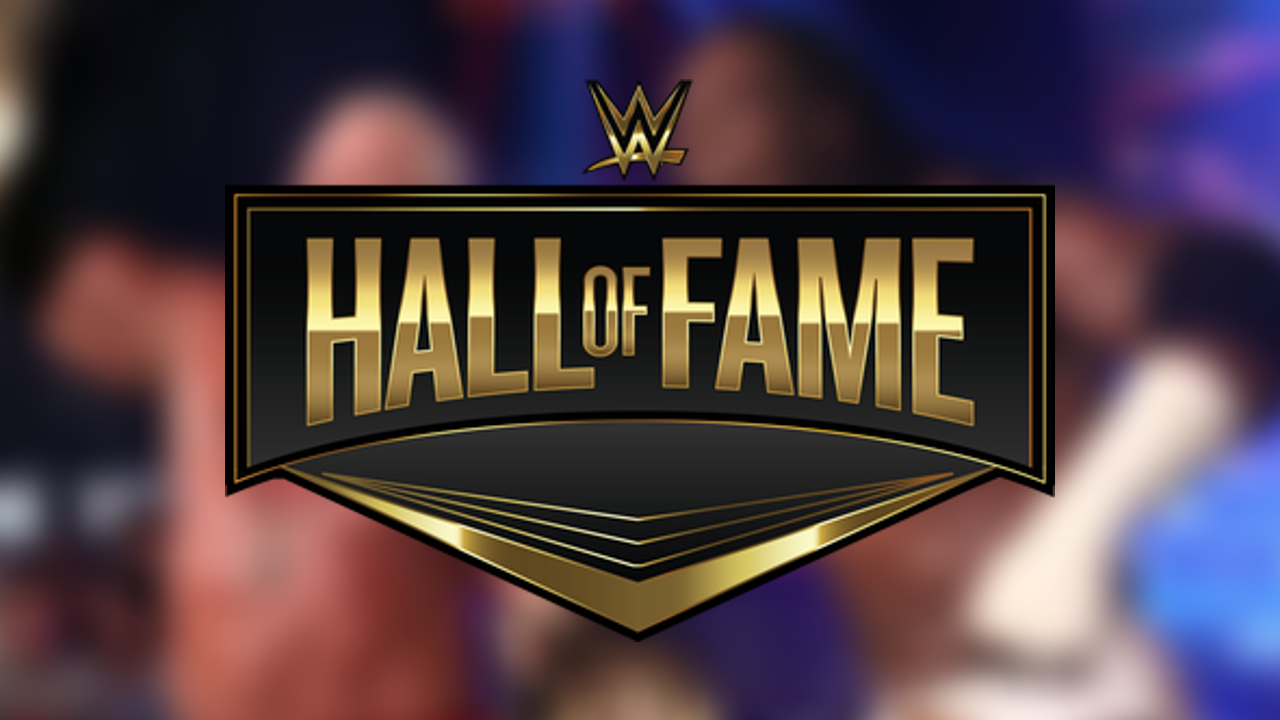
WWE has announced its latest class of NIL athletes.
As first reported by USA Today, WWE has announced its fifth NIL class, and three names have already caught the eye. The latest class includes the sons of Scott Steiner, Mark Henry, and Titus O’Neil.
You can find the full class below.
- Jacob Henry – Oklahoma, Football & Wrestling
- Brock Rechsteiner – Jacksonville State, Football
- TJ Bullard – Central Florida, Football
- Meghan Walker – Nebraska, Track and Field
- Fatima Katembo – LSU Shreveport, Basketball
- Madison Kaiser – Minnesota, Hockey
- Kerrigan Huynh – University of Central Oklahoma, Track and Field
- Gina Adams – Lynn University, Basketball
- Bianca Pizano – Michigan State, Field Hockey
- Zuriel Jimenez – Columbia University, Track and Field
- Hidetora Hanada – Colorado State, Football
The company’s NIL program was launched in late 2021 and allows college athletes to make money from their name, image, and likeness.
Life In WWE Is The Family Business
Mark Henry enjoyed a long association with the sports entertainment giant after signing with the company following the 1996 Olympic Games. After leaving the company in 2021, Henry signed with AEW and stayed with the Tony Khan-led company for three years.
Meanwhile, Scott Steiner has had a much more tumultuous relationship with WWE and has repeatedly and openly criticised Triple H in the past. However, in more recent years, the star confirmed the pair have “buried the hatchet.”
Back in January, Scott Steiner confirmed WWE was planning to offer his son a NIL contract.
Steiner’s nephew, Bron Breakker, is widely considered one of the most impressive rising stars in WWE today, with fans and observers across the industry tipping him to be a main event player for years to come. Following two runs with the NXT Championship and two runs with the Intercontinental Championship, Breakker joined forces with Seth Rollins in the days after WrestleMania 41.
Breakker’s most recent appearance came at Money In The Bank, where he helped Seth Rollins win the men’s Money In The Bank Ladder Match.
NIL
4-star recruit reaffirms all-in, Illinois football “over everybody”
It is hard to recruit in today’s landscape, but the Illinois football program has managed to knock recruiting out of the park. Landing big-time recruits has not been a specialty for the Illini over the years. But the 2026 class seems different. We have multiple four-star commitments and a national recruiting ranking of No. 14 […]

It is hard to recruit in today’s landscape, but the Illinois football program has managed to knock recruiting out of the park.
Landing big-time recruits has not been a specialty for the Illini over the years. But the 2026 class seems different. We have multiple four-star commitments and a national recruiting ranking of No. 14 in the country.
While commitments are great, holding on to those recruits is the key. Early National Signing Day is still a half-year away, and there is an entire season before that. But on Sunday, Illinois had one of its biggest recruits reaffirm his pledge to the Orange and Blue.
Linebacker Cam Thomas took to social media to let the Illinois fanbase know that he had completed his official visit and it is, “#Illini over everybody!”
Thomas, a four-star linebacker who ranks as the No. 333 player in the class of 2026, could have gone nearly anywhere. The Ohio product had offers from teams like Michigan, Louisville, and Oregon, among the 28 total scholarships he has been offered.
Illinois football still has to make Cam Thomas a priority and play well in the fall
The reaffirmation from Thomas is always nice. He is an elite recruit, and Illinois needed to show out this weekend. That looks to be the case.
Bret Bielema and the Illinois coaching staff can’t coast on those words by Thomas, though. We still have to make him a top priority and keep checking in with him throughout the coming months.
This fall is going to be key, too. Illinois needs to continue winning. We are projected to be a contender for the College Football Playoff, and if we lay an egg, that would be bad.
Lastly, while I am pumped and excited to have Thomas join the Illini, there are a few big hitters out there that have yet to swing for this kid. My eyes are on Ohio State, Notre Dame, and Alabama. If any of those three teams come in with an offer, Illinois’ mission to hold on to Thomas would be a little bit harder. It is great that Thomas is locked in with the Orange and Blue, but we can’t let up. It has to be pedal to the metal with this recruitment for the Illini.
NIL
Colleges Cleared to Pay Athletes Directly Under Landmark NCAA Settlement
In a groundbreaking shift for college athletics, schools will soon be allowed to pay athletes directly, following a federal judge’s approval of a multibillion-dollar settlement that reshapes the structure of amateur sports. The decision finalizes an agreement between the NCAA, major athletic conferences, and Division I athletes, bringing an end to years of legal battles […]

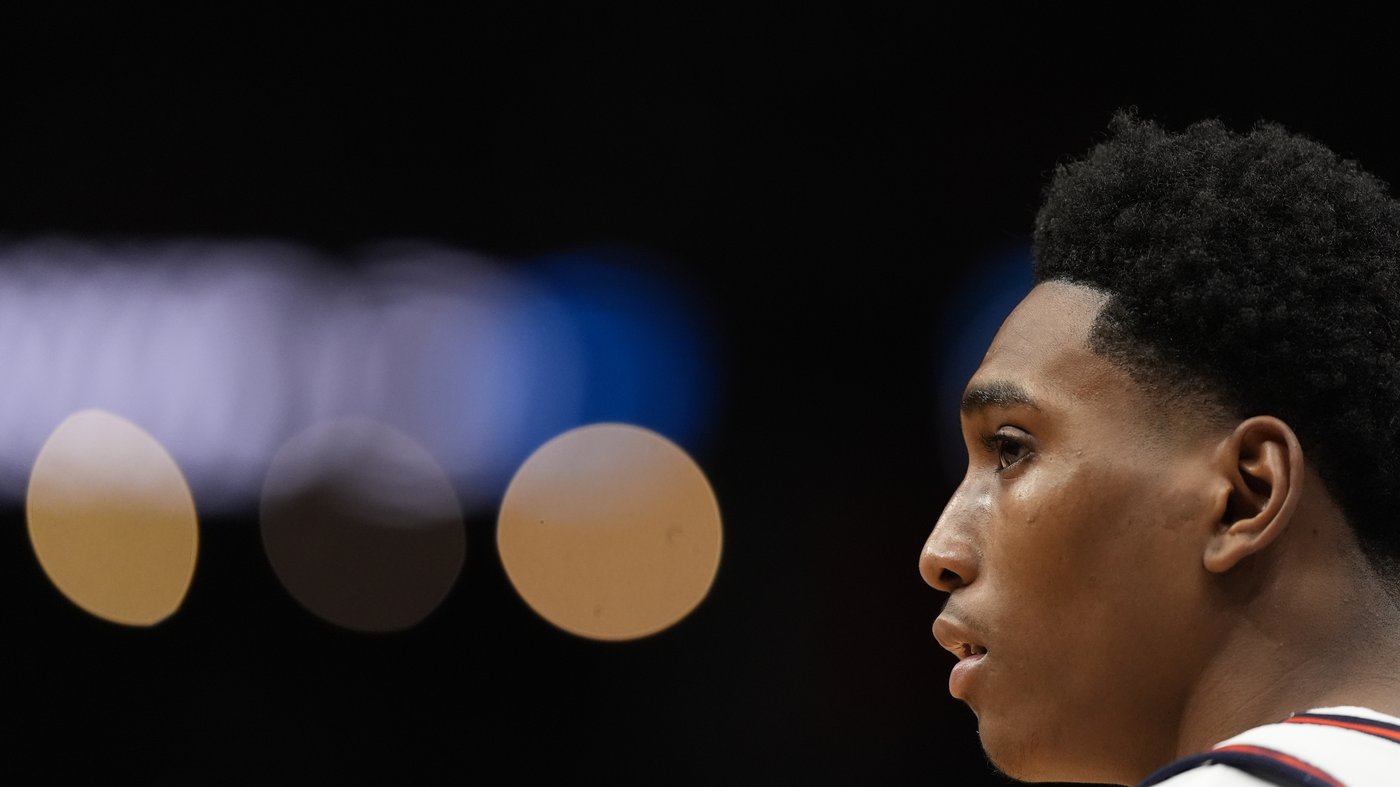

In a groundbreaking shift for college athletics, schools will soon be allowed to pay athletes directly, following a federal judge’s approval of a multibillion-dollar settlement that reshapes the structure of amateur sports. The decision finalizes an agreement between the NCAA, major athletic conferences, and Division I athletes, bringing an end to years of legal battles over compensation.
The approved settlement resolves three antitrust lawsuits that challenged the NCAA’s long-standing restrictions on athlete pay. Under the terms, the NCAA will pay nearly $2.8 billion in back damages over the next decade to athletes who competed from 2016 to the present. Beginning July 1, schools may begin issuing payments to current athletes, with an annual cap starting around $20.5 million per school.
This change builds on the momentum from 2021, when athletes were first permitted to earn money from name, image, and likeness (NIL) deals. Unlike NIL compensation, which came from third parties, the new system enables schools to directly pay athletes, marking a significant departure from amateurism standards.
The NCAA and conferences must now rapidly implement the infrastructure for this new model. A new organization—the College Sports Commission—will oversee enforcement, assuming roles previously held by the NCAA’s central office. The commission recently appointed MLB executive Bryan Seeley as its chief executive officer.
Key rules are also being introduced to curb abuses of booster influence. Deals between boosters and athletes will now require a legitimate business justification. Additionally, schools must navigate new roster size regulations, although protections have been added to ensure athletes aren’t removed solely due to the new limits.
While this settlement resolves major disputes, legal uncertainty remains. Questions about whether college athletes should be considered employees are still unsettled, and leaders continue to press Congress for legislative intervention to stabilize the evolving system.
The first institutional payments are set to begin just weeks from now, marking a historic transformation in how college sports are operated.
Source: ESPN
NIL
‘Paying for a Mismatch’: Analyst Breaks Down USC’s $10M Tight End Deal
USC’s latest recruiting coup has sent shockwaves through college football: the Trojans landed five-star tight end Mark Bowman, reportedly set to earn up to $10 million in NIL deals. The staggering figure, more commonly reserved for quarterbacks, has ignited debate—but analysts say USC is investing in more than just a position. They’re paying for a […]

USC’s latest recruiting coup has sent shockwaves through college football: the Trojans landed five-star tight end Mark Bowman, reportedly set to earn up to $10 million in NIL deals.
The staggering figure, more commonly reserved for quarterbacks, has ignited debate—but analysts say USC is investing in more than just a position. They’re paying for a game-changing mismatch.

Why USC Paid $10 Million For A Tight End
When news broke that Bowman, the nation’s top tight end, would be earning between $8 million and $10 million in NIL deals at USC, the reaction was swift and polarized. Critics questioned the wisdom—and fairness—of such an outlay for a non-quarterback, while rival fanbases accused USC of buying its way to the top.
Yet, as analyst J.D. PicKell explained, the investment is about much more than Bowman’s position.
“USC is not paying for a tight end,” PicKell said. “USC is paying for a mismatch in their game plan every single weekend… You’re not thinking about how much you’re paying Mark Bowman when he’s catching a game-winning touchdown against Ohio State in the Big 10 Championship… The mismatch part of it is awesome. That’s what you’re actually paying for.”
Bowman’s rare blend of size, speed, and versatility makes him a nightmare for defenses, precisely the kind of weapon head coach Lincoln Riley has built his offenses around. Standing 6-foot-4 and weighing 225 pounds, Bowman moves like a receiver but blocks like a lineman, drawing comparisons to NFL-bound stars. In his last season at Mater Dei, he hauled in 32 passes for 435 yards and eight touchdowns, proving his ability to impact both the passing and running game.
USC’s approach is as much about strategy as it is about spectacle. Riley’s offense thrives on creating mismatches, and Bowman’s skill set fits perfectly into a system designed to exploit defensive weaknesses with tempo, motion, and creative personnel packages.
The Trojans aren’t just buying a player—they’re securing a tactical advantage that could define the next era of USC football.
Beyond the Numbers: The New NIL Reality
The Bowman signing emphasizes a massive change in college football recruiting. Even among signings sparked by NIL, financial packages are becoming a central part of the pitch for elite talent.
Though the $10 million number is eye-popping, it’s also emblematic of the market’s new realities. Top programs use their resources and location — USC’s campus in Los Angeles is a big part of the pull — to sell athletes on exposure and the earning potential few schools can offer.
But money wasn’t the only factor in Bowman’s decision. USC’s proximity to his Southern California home, the prestige of playing for a historic program, and the chance to be a focal point in Riley’s high-powered offense weighed heavily. Other bluebloods like Georgia and Texas were in the mix with competitive offers, but USC’s holistic pitch proved decisive on and off the field.
But they have not been without controversy. Others fear that NIL-created recruiting disparities will widen the haves-and-have-nots gap, ruin team chemistry, and chip away at the establishment amateur ethos of sports at the college level.
KEEP READING: ‘It’s a Blessing to Carry That Legacy’: 5-Star Ohio State Commit Chris Henry Jr. Reflects on His Father’s Impact
But as PicKell and others say, this is just the new normal: programs must be aggressive and clever to get the sorts of difference-makers that can change the game.
College Sports Network has you covered with the latest news, analysis, insights, and trending stories in football, men’s basketball, women’s basketball, and baseball!
NIL
As University of Louisville prepares to pay athletes, Brandt will help negotiate contracts
Andrew Brandt and U of L AD Josh Heird were colleagues at Villanova from 2016-19 and bonded over their love of running.Brandt said Heird reached out to him in November after hearing about legal machinations ahead with the House settlement and the implementation of revenue sharing in college sports.Andrew Brandt, former vice president of the […]


 Andrew Brandt and U of L AD Josh Heird were colleagues at Villanova from 2016-19 and bonded over their love of running.Brandt said Heird reached out to him in November after hearing about legal machinations ahead with the House settlement and the implementation of revenue sharing in college sports.Andrew Brandt, former vice president of the NFL’s Green Bay Packers, started as a consultant for the University of Louisville Athletic Association (ULAA) in January to help U of L navigate the upcoming era of college sports.
Andrew Brandt and U of L AD Josh Heird were colleagues at Villanova from 2016-19 and bonded over their love of running.Brandt said Heird reached out to him in November after hearing about legal machinations ahead with the House settlement and the implementation of revenue sharing in college sports.Andrew Brandt, former vice president of the NFL’s Green Bay Packers, started as a consultant for the University of Louisville Athletic Association (ULAA) in January to help U of L navigate the upcoming era of college sports.
The House vs. NCAA settlement, finally approved by Judge Claudia Wilken on Friday, established a revenue-sharing system whereby schools can directly pay their athletes starting July 1 with a $20.5 million cap per institution. Brandt is charged with helping the Cards negotiate contracts and handle “free agency every year” via the transfer portal. He spoke with The Courier Journal about his new role.
“I’ve really enjoyed it. He’s really got a good team,” Brandt said of working with Louisville athletics director Josh Heird and his department. “I think I told Josh at the beginning, ‘Listen, I’m new with this too. I just have to be up front. You’re not hiring an experienced college sports consultant.’ He understood, and it’s really been a nice partnership so far.”

Various schools had previously approached Brandt to talk about general manager positions, considering his NFL background. He worked as vice president of the Green Bay Packers from 1999-2008. In that role Brandt negotiated player contracts, managed the salary cap and handled all football business operations.
But a GM job didn’t interest him. He didn’t want to leave Villanova. Or abandon any of his other projects, like the Sunday Seven newsletter, Business of Sports podcast and his Sports Illustrated column. So a consulting gig with Louisville sounded like the perfect way to marry Brandt’s desire to be involved with college sports and maintain his other responsibilities.
“What (appealed) to me was a way to keep my involvement in sports and advising college sports,” Brandt said.He and Heird came up with the title “Consultant to the University of Louisville Athletic Department.” They officially agreed to a deal in January.Brandt’s current contract with U of L runs from Jan. 1 through Dec. 31, according to a document obtained by The Courier Journal. The deal can be renewed at the discretion of both parties but must never exceed 12 months at a time.He will be paid a $150,000 fee for his services distributed in monthly payments of $12,500. Brandt can also be paid up to $15,000 for travel expenses. His compensation will max out at $165,000, and he agreed to indemnify the ULAA against any “costs, liability, expenses (including reasonable attorney fees), damages, and lawsuits whatsoever arising from” his performance. Brandt’s role is that of a consultant, not an employee of the university or athletics department. His job is described in the agreement as “providing expert guidance on contracts and contract negotiations involving student athletes.”The section of the contract describing the services Brand is to provide reads as follows:“Andrew will assist us (the ULAA) in negotiating contracts where student-athletes are paid directly by institutions, a significant change expected to take effect on July 1, pending the settlement approval of the House vs NCAA court case. Given the rapid pace of developments in revenue-sharing models and the transfer portal, his guidance will also support our efforts to address immediate concerns with current and potential transfer students engaging in these discussions.”
How are the Cardinals preparing for July 1? What will revenue-sharing contracts look like?
At Villanova, Brandt has advised athletes on selecting agents, the business of sports and career options in a mentorship capacity rather than working directly with the athletics department. But before that, he helped the Green Bay Packers and Philadelphia Eagles negotiate contracts.
From his perspective, college sports gain a closer resemblance to professional ranks with each passing day.
“Everything we’re talking about now have been staples of pro sports for 30 years,” Brandt said. “Salary cap, contract negotiations, player rights versus team rights, player discipline, contract clauses about morals, about redshirts, termination. All these kind of things have been staples of what I’ve done in the past.”
But there are some ways in which college athletes have it better than the pros. The main difference: free agency.
In the NFL, players have to wait three, four or more years to become a restricted or unrestricted free agent. In college sports, there’s free agency every year with the transfer portal (or twice a year for football with its December and April windows).
With that in mind, how do the revenue-sharing contracts Brandt’s helping draw up at Louisville differ from those he negotiated in the NFL?
“They (pro athletes) are under contract for a series of years based on what we negotiate,” Brandt said. “There’s no opportunity to get out of the contract after one year, unless, of course, it’s a one-year deal. You have more rules and regulations, you have more restrictions, you have more things to reference in a collective bargaining agreement about benefits, about protections and trades, all those kinds of things. “We’re not there yet in college sports. But we are there in terms of free agency.”Brandt said learning about free agency in college sports has been a “striking experience.” As a lawyer, though, he understands. The argument lawyers have made and judges have agreed to basically comes down to: If a music or engineering major can transfer every year, why can’t a college athlete? Sure, it can be frustrating for coaches and fans to see players switch teams and have to assemble entire rosters from scratch every season. But until Congress passes some legislation regulating the process or college sports reaches a collective bargaining agreement, that’s just the way things are.
Reach college sports enterprise reporter Payton Titus at ptitus@gannett.com, and follow her on X @petitus25.
-

 College Sports3 weeks ago
College Sports3 weeks agoPortal Update – Basketball and Gymnastics Take Hits
-

 Professional Sports3 weeks ago
Professional Sports3 weeks agoJon Jones answers UFC retirement speculation as fans accuse champion of 'holding the belt …
-

 Youtube3 weeks ago
Youtube3 weeks agoXavier Legette taught Marty Smith his signature celly
-

 Motorsports3 weeks ago
Motorsports3 weeks agoWhy IHOP Rode With Dale Earnhardt Jr. In Amazon NASCAR Debut
-

 NIL2 weeks ago
NIL2 weeks ago2025 NCAA Softball Tournament Bracket: Women’s College World Series bracket, schedule set
-

 College Sports3 weeks ago
College Sports3 weeks agoNCDC Commitment Profiles: Cyclones’ Martins Moving On to Saint Anselm College • USPHL
-

 High School Sports3 weeks ago
High School Sports3 weeks agoToday in the MHSAA
-

 Health4 days ago
Health4 days agoOregon track star wages legal battle against trans athlete policy after medal ceremony protest
-

 College Sports1 week ago
College Sports1 week agoIU basketball recruiting
-

 Professional Sports4 days ago
Professional Sports4 days ago'I asked Anderson privately'… UFC legend retells secret sparring session between Jon Jones …










 | 2025 ECF MVP
| 2025 ECF MVP
















 STEPHEN A. CALLS OUT LEBRON for Giannis and NBA eras comments
STEPHEN A. CALLS OUT LEBRON for Giannis and NBA eras comments  | First Take
| First Take







